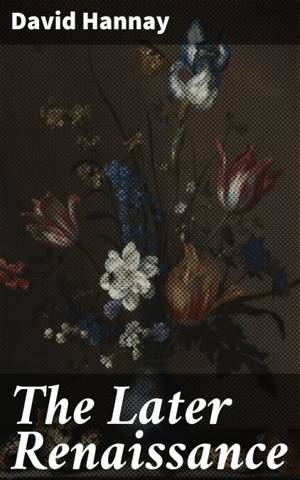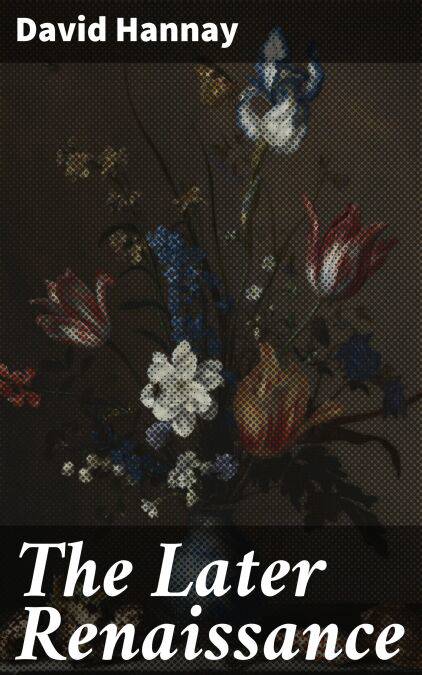
- Afhalen na 1 uur in een winkel met voorraad
- Gratis thuislevering in België vanaf € 30
- Ruim aanbod met 7 miljoen producten
- Afhalen na 1 uur in een winkel met voorraad
- Gratis thuislevering in België vanaf € 30
- Ruim aanbod met 7 miljoen producten
Zoeken
The Later Renaissance E-BOOK
Exploring the Intellectual and Artistic Growth of the Later Renaissance
David Hannay
E-book | Engels
€ 0,49
Uitvoering
Omschrijving
In "The Later Renaissance," David Hannay embarks on an incisive exploration of the cultural, artistic, and intellectual currents that defined this dynamic period of European history. With a keen analytical eye, Hannay engages with key figures and movements, crafting a narrative that intertwines the insights of philosophy, literature, and the visual arts. His literary style deftly balances scholarly rigor with accessibility, allowing readers to traverse the complexities of the Renaissance while appreciating its profound impact on modern thought. The book situates itself within the broader context of art history and literary criticism, emphasizing how this era laid the groundwork for subsequent developments in Western culture. David Hannay, an esteemed scholar and historian of art and literature, draws upon his extensive background in Renaissance studies to inform this insightful work. His research not only showcases his profound knowledge of the period but also reflects his passion for elucidating the connections between art and the socio-historical milieu. Hannay's deep engagement with primary texts and artifacts offers a multi-faceted perspective, allowing readers to grasp the nuanced dialogues between artists and their contemporary audiences. I highly recommend "The Later Renaissance" to anyone interested in the rich tapestry of Renaissance thought and its lasting legacy. Hannay's scholarly work provides a fresh lens through which to examine this pivotal time in history, making it an essential read for students, scholars, and general readers alike who seek to deepen their understanding of the Renaissance and its ongoing relevance today.
Specificaties
Betrokkenen
- Auteur(s):
- Uitgeverij:
Inhoud
- Aantal bladzijden:
- 263
- Taal:
- Engels
Eigenschappen
- Productcode (EAN):
- 4064066168544
- Verschijningsdatum:
- 18/05/2021
- Uitvoering:
- E-book
- Beveiligd met:
- Digital watermarking
- Formaat:
- ePub

Alleen bij Standaard Boekhandel
Beoordelingen
We publiceren alleen reviews die voldoen aan de voorwaarden voor reviews. Bekijk onze voorwaarden voor reviews.








